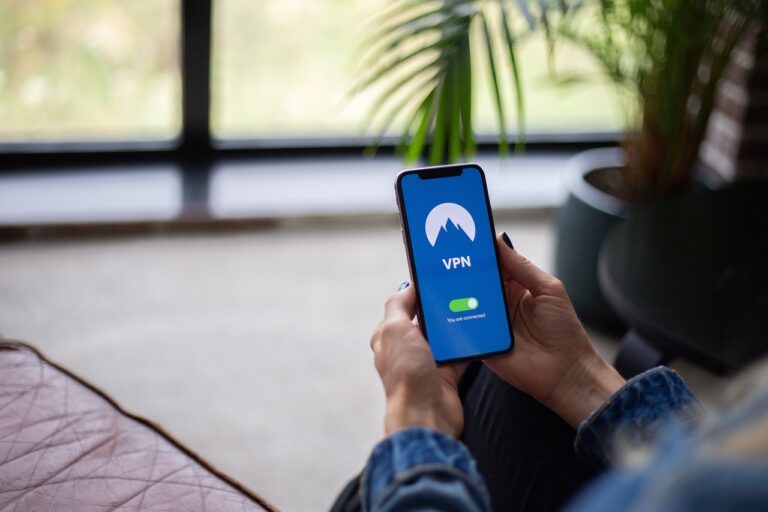From Clicks to Bricks: The Rise of Online Retailers Opening Physical Stores
Transitioning from an online retail presence to a physical store poses several challenges for businesses. One major hurdle is the need to invest in real estate, which can be a significant financial burden for online retailers accustomed to operating solely in the digital space. Additionally, staffing a physical store requires a different skill set compared to managing an online platform, leading to recruitment and training challenges for many retailers making the transition.
Another common challenge is the shift in marketing strategies required to attract foot traffic to a physical location. Online retailers are well-versed in digital marketing tactics, but may struggle to effectively promote their brick-and-mortar store to a local audience. Finding the right balance between online and offline marketing efforts can be a delicate task, requiring a nuanced understanding of consumer behavior in both environments.
Benefits of Having a Physical Presence for Online Retailers
Online retailers are increasingly recognizing the value of establishing a physical presence to complement their online operations. Having a brick-and-mortar store can help cultivate a sense of trust and legitimacy among customers. When shoppers can interact with products in person and receive assistance from knowledgeable staff, it helps to bridge the gap between virtual and physical shopping experiences.
Furthermore, a physical store provides online retailers with the opportunity to enhance their brand visibility and reach a broader customer base. By strategically locating stores in high-traffic areas, retailers can attract new customers who may not have discovered them through online channels alone. The tangible presence of a store also serves as a marketing tool, reinforcing brand recognition and engaging with customers on a more personal level.
Successful Strategies for Integrating Online and Offline Retail
As online retailers venture into physical stores, it is crucial for them to maintain consistency between their digital and brick-and-mortar presence. One effective strategy is to synchronize product assortments across all channels to ensure a seamless shopping experience for customers. By offering the same products online and in-store, retailers can cater to the preferences of diverse consumer segments and build brand loyalty.
Moreover, leveraging data analytics and customer insights can help retailers personalize the shopping journey for their customers. By integrating online and offline data, retailers can gain a comprehensive understanding of their customers’ preferences, behavior, and purchase history. This valuable information can be used to tailor marketing strategies, promotions, and product recommendations, ultimately enhancing the overall customer experience and driving sales.





